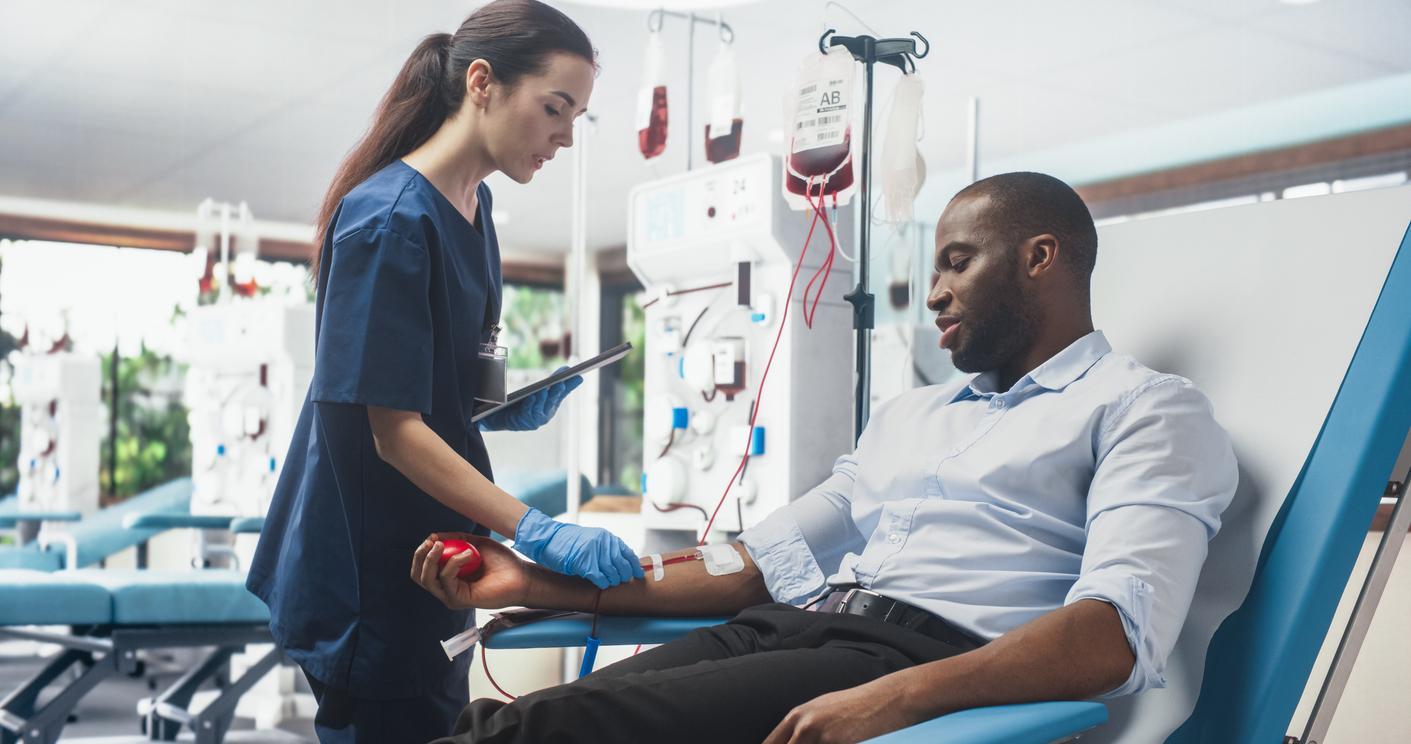American researchers have made a cardiac patch based on human cells, applied to a pig. It accelerated recovery after a heart attack.

Medically significant muscle patches, composed of human cells, have been placed on animal hearts after a heart attack. These patches allow better recovery of the heart after a heart attack.
In France, cell therapy trials of the same type have been carried out for 20 years with Prof. Philippe Ménasché and his team. The cells are cultured in the laboratory, derived from embryonic stem cells, then implanted in humans on the part of the heart damaged by the infarction, during a coronary bypass surgery. This promising technique is still being tested.
For their part, researchers at the University of Birmingham in the United States have carried out their work on the heart of a pig. The patches made were no thicker than a coin. Two were placed on the site of the infarction on the pig’s heart. This operation improved the function of the left ventricle and reduced the extent of the infarction, the part where the muscle died. This technique also makes it possible not to have a heart rhythm disorder. However, this complication has already been observed in other clinical trials using other approaches.
A patch combining several types of cells
Three different cells were used to make these patches: 4 million cardiomyocites, these are the cells that make up the heart muscle, 2 million endothelial cells, they line blood vessels, and finally two million smooth muscle cells. This technique made it possible to create cells of better quality, more numerous and which had superior physiological capacities, compared to cells made by other techniques.
This research could help improve post-infarction cardiac surgery. According to Inserm, in France 120,000 people have a heart attack each year, and around 18,000 die from it.
.

















